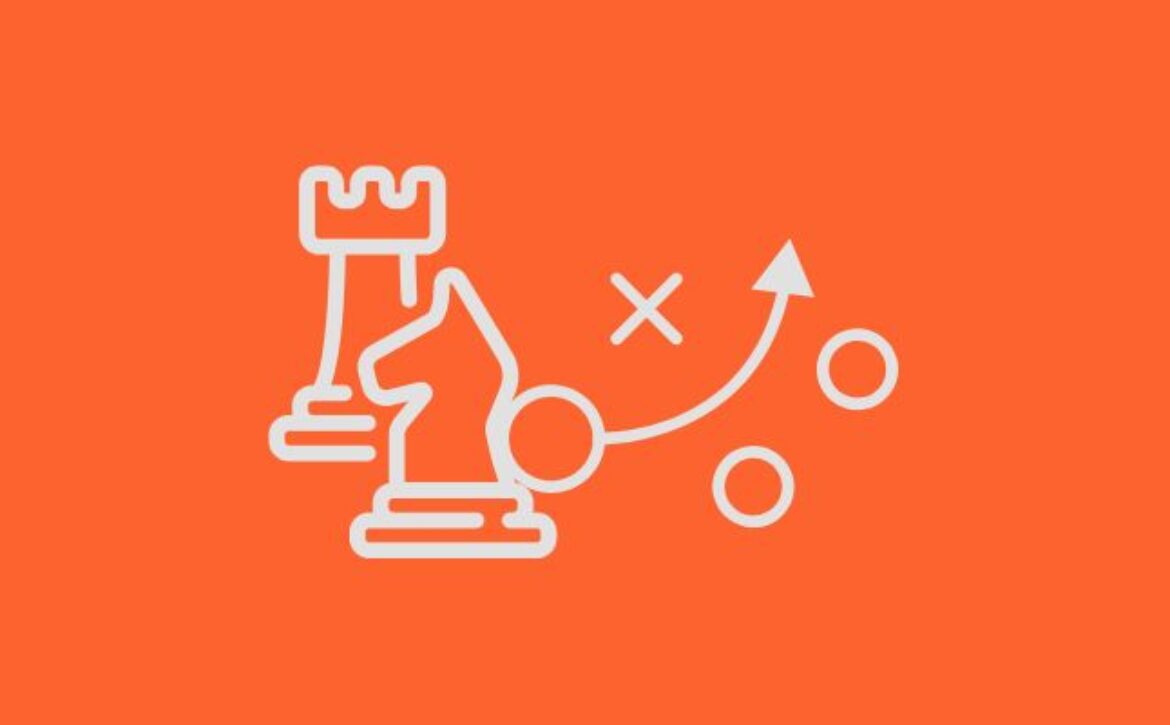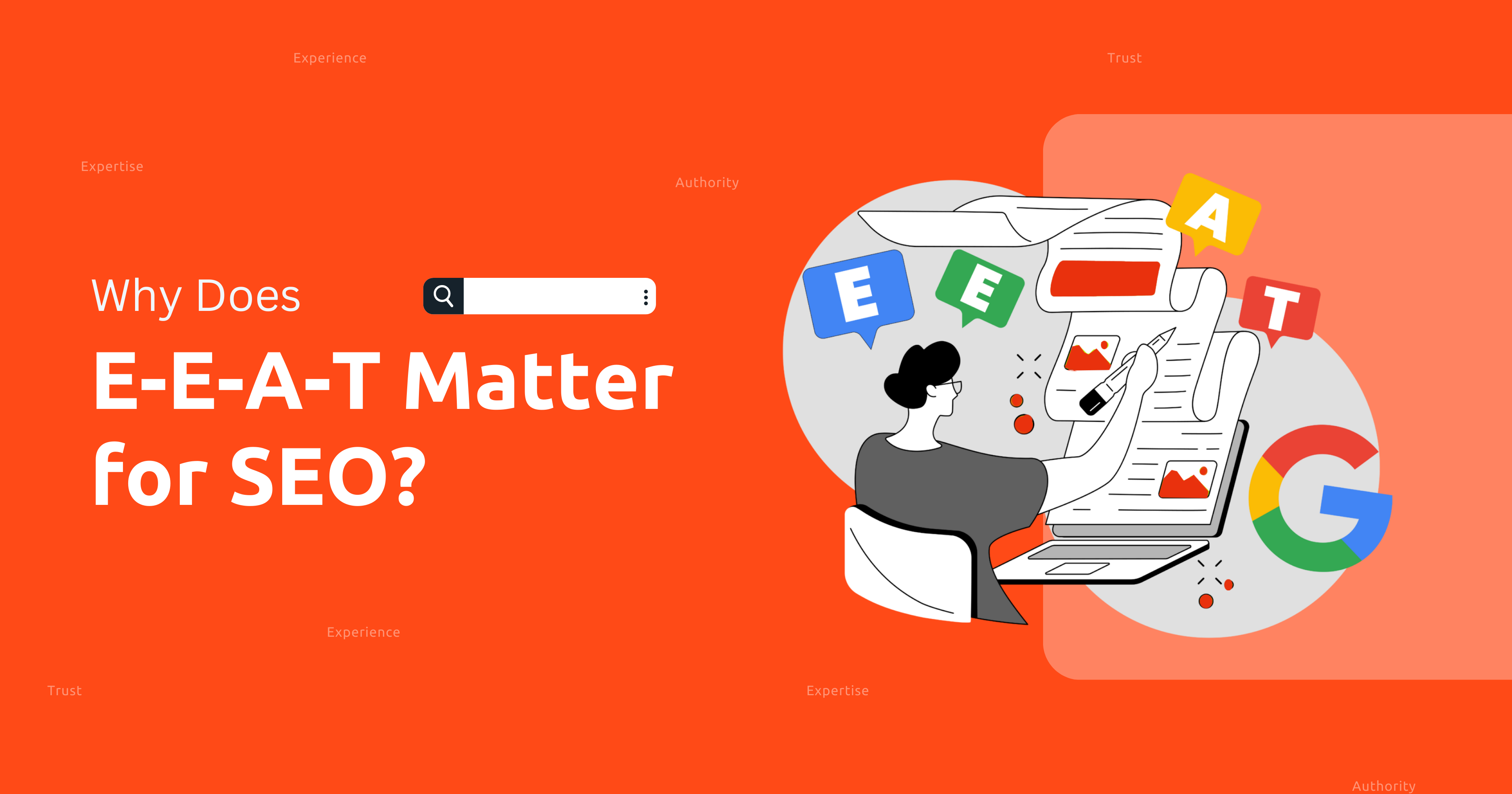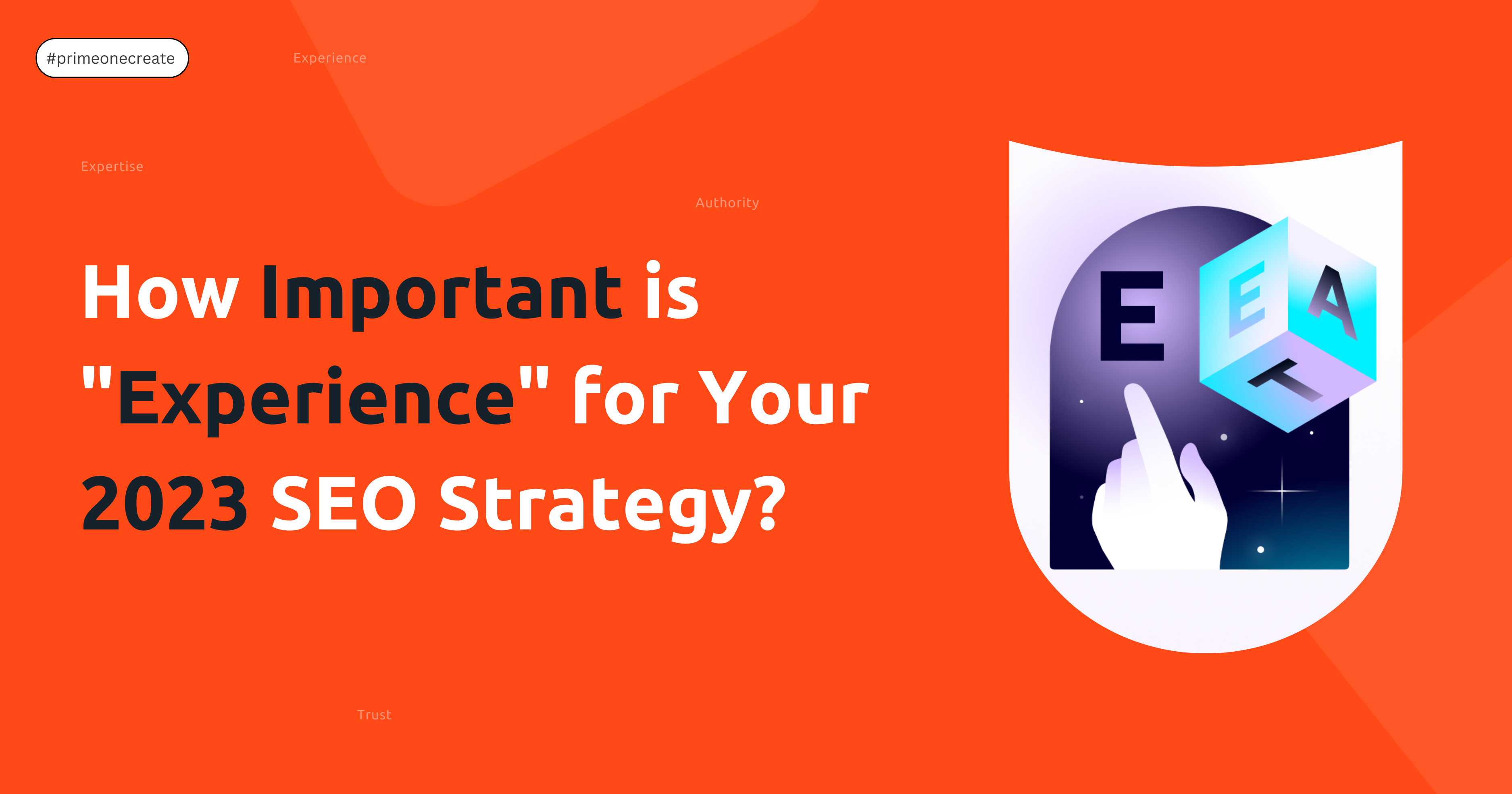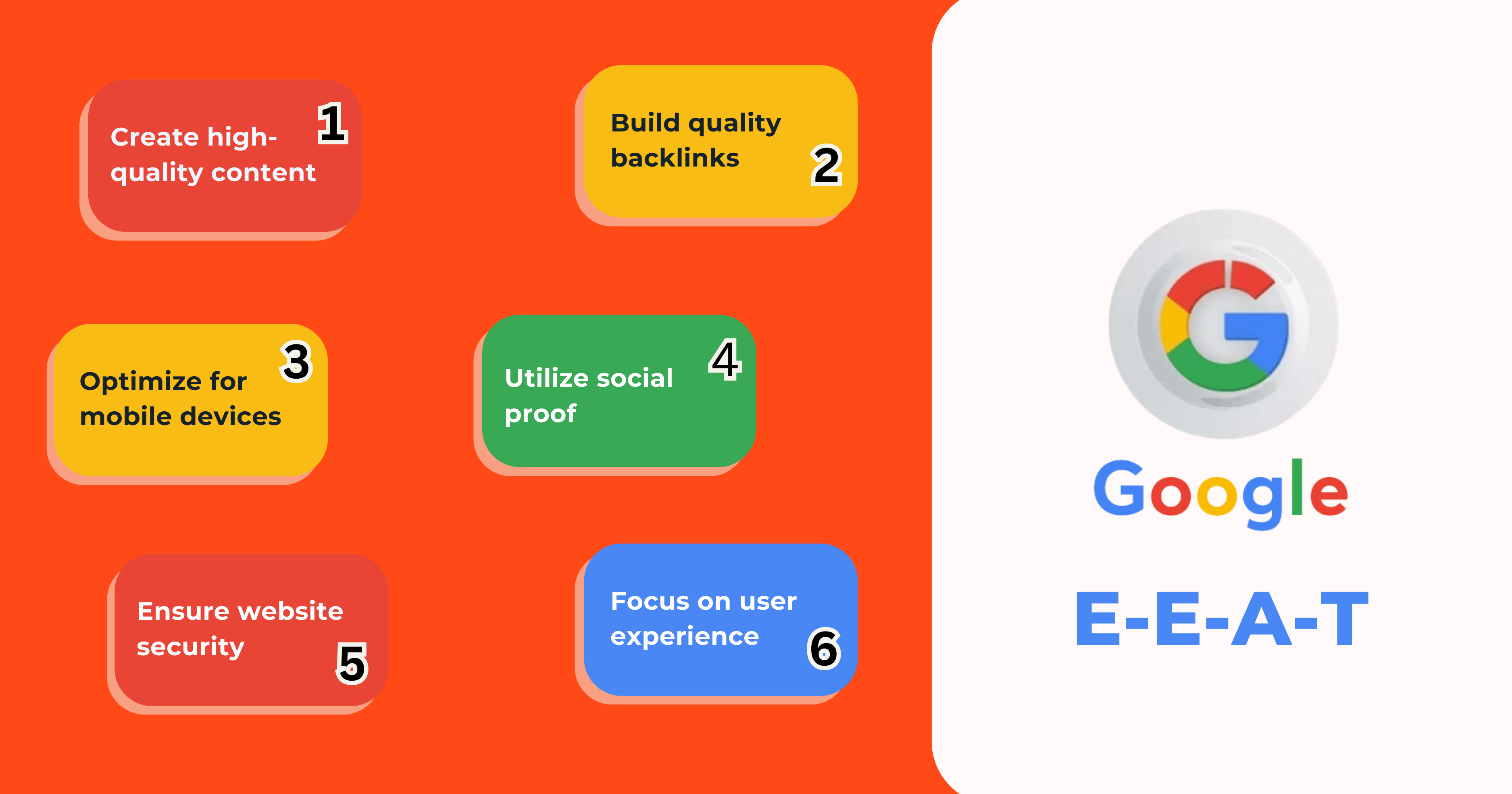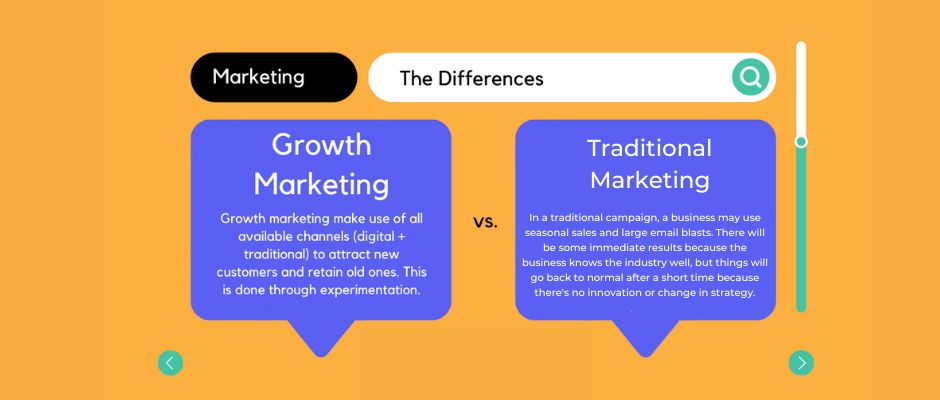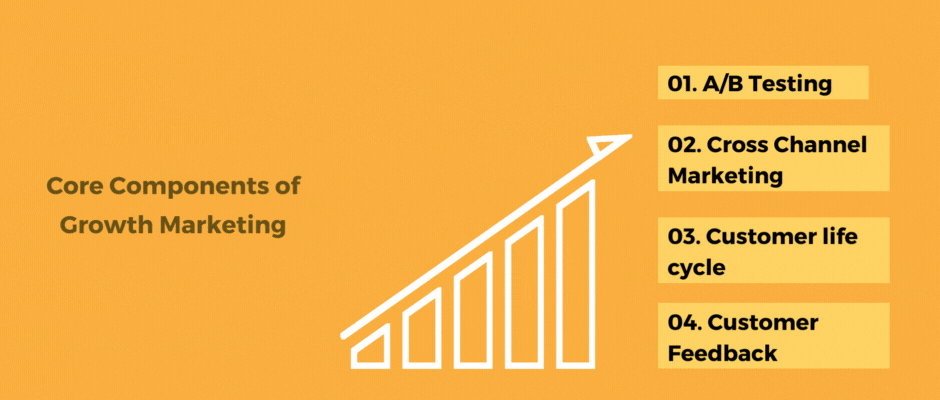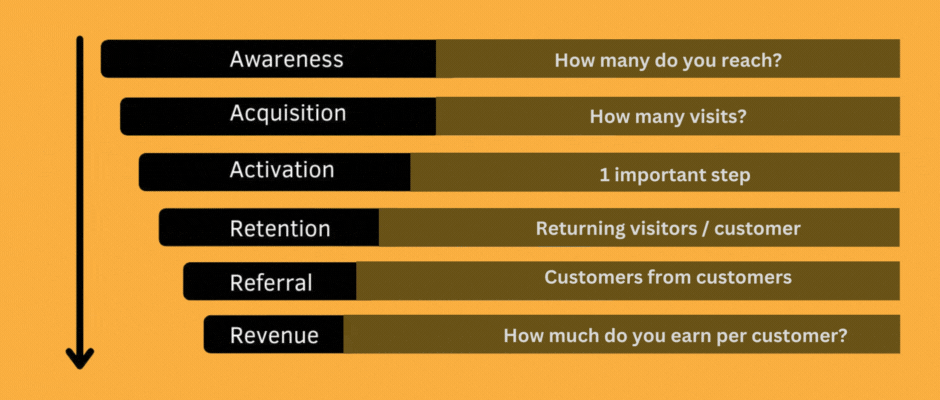Unleash Your B2B Lead Generation: Secrets to Generate High-Quality Leads and Fuel Business Growth
Every B2B business is in the process of attracting the right high-quality leads to sustain itself in the competitive market. In today’s fast-paced world, it’s more challenging for every business in the B2B domain than ever to capture the attention of your target audience amid countless distractions. So businesses should have an effective B2B lead generation strategy in place that increases and automates the lead generation, but the ugly truth is you have to customize your approach to fit your organization, industry, product/service and audience.
In this blog post, we will walk you through the best B2B lead generation strategies that fit your business in 2023 to maximize your ROI.
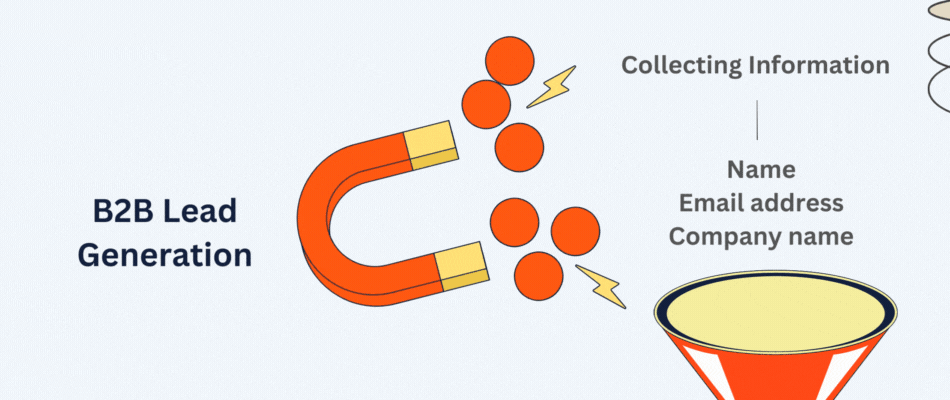
What is B2B Lead Generation?
B2B Lead Generation is the process of identifying potential customers for your product or service and nurturing them to purchase. Lead generation is a critical and initial stage in the sales funnel and guides potential customers throughout the funnel and persuades them to buy your product or service. B2B lead generation involves collecting information about potential customers such as name, email address and company name and then feeding the information further down the sales funnel.
B2B Lead Generation Process
The sales and marketing team plays a crucial role in the lead generation process. Ideally these two departments will be cohesively aligned and create a proven lead generation framework to convert their prospects into paying customers. If you’re serious about boosting your sales, you need to follow an enticing lead-generation process. But do we know the actual process of generating B2B leads?

✅ Step 1
Identifying your B2B Sales Lead
The first step in the lead generation strategy is finding the contact information (name, email, address..) of the potential customer. But it’s crucial to know who is the prospect you want to get in touch with. Start by creating a buyer persona, which includes their industry, job title, where they go for information and what are the pain points they have.
Once you have a clear picture of the prospects with whom you need to be in touch, you can create targeted marketing campaigns that speak to the specific needs of your ideal customers.
✅ Step 2
Contacting Potential Leads
Now you have a database of your potential high-quality leads, it’s time to reach the potential leads. The sales team or representative can reach out through SEO, Content marketing, paid advertising, cold calls, email or social media. To optimize the effectiveness of your strategies, it is essential to maintain a sharp focus on the persona(s) you have developed and remain flexible and adaptable to refine and tweak your approach as you progress.
✅ Step 3
Qualifying and Prospect High-Quality Leads
As sales reps start to interact with the leads, it’s important to determine how likely they are to buy. It can be understood by identifying the stage of lead in the buying process.
☑ Awareness Stage: In this stage, the potential buyer is aware of a problem and seeking a solution and they start to learn more about it. They’ll be reading blog posts and case studies , downloading white papers or either perform web searches.
☑ Consideration Stage: At this stage, the potential buyer knows the actual product/service needed. They begin to research more about the products/services but yet not ready to purchase.
☑ Decision Stage: At this stage, the lead has done maximum research and filtered the vendors that suit their needs. They are likely to have meetings, book demos, and check in with other decision-makers in their organization to make a purchase. Sales Reps need to initiate nurturing campaigns to turn leads into buyers.
Keep in my mind the efforts you make in the awareness stage won’t work in the decision stage. For example creating awareness through social media, blog posts and emails works at awareness but won’t help leads to make a decision; at this stage, they prefer demo calls or either free trials.
✅ Step 4
Closing a Deal – Make a sale
Success! You have successfully closed the deal with the lead and converted them to customers. They’ll now be transferred to customer success for onboarding.
B2B Lead Generation Strategies that Work on 2023

- Run an A/B Tests Generating leads is crucial for the growth and success of your business. You can’t nail down your marketing and outreach strategies on the first attempt. In fact, many businesses don’t. This is where A/B testing comes in. It isn’t quite easy to identify which campaign is the most effective. A/B testing involves experimenting with different landing pages, formats, colors, messages and CTAs to observe which version generates the high level of engagementPotential leads may be on the look for the best products in the market since they are human beings with specific interests, even a small change in a CTA button can make a huge impact on the engagement rate. There’s no any limit on how much A/B testing you can do, so test with as many variations as you like until you’re confident your lead generation strategies are fully optimized. So you have to continuously track the different campaigns to find which works for you.
- Using an evergreen content campaign continuously generates B2B leads Content marketing has been proven to be one of the most effective ways to generate leads. By creating valuable, informative content that speaks directly to your target audience’s pain points and challenges, you can attract potential customers to your website and capture their contact information. You can use lead magnets such as whitepapers, comprehensive guides and case studies and create videos and publish blogs.
- Build your trust with social proof Social Proof is the most powerful part of B2B lead generation. B2B customers are fussier when purchasing products or services, they look for social proof before they make a purchasing decision. If the customers trust your product or services, they will be more interested to purchase your product or service. So collecting more social proof for your website will build trust among potential customers and will generate more leads.Here are some ways to build social proof for your business;
- Showcase your reviews on your website – If you had a long-term relationship with your clients, encourage your customers, to leave testimonials on your landing page and also you can display third-party reviews from Trustpilot, Google or G2 crowd.
- Display your case studies – Sharing your success stories with your customers is an excellent way to build trust.
- Display your business stats – Display the stats of your business such as subscribers, no.of.clients, and downloads to showcase your performance. It will help you to build credibility and build trust with your customers
- Dont let leads escape your landing page – Create a winning Landing Page
- Upgrade with catchy headlines to catch the attention of buyers
- Build trust with social proof – Make louder for the people in back
- Make your CTAs stand out to entice visitors to take action
- Integrate Live chat functionality within your page
- Publish and Promote more case studies Case studies are the most important part of the rise of B2B marketing and B2B lead generation. B2B buyers tend to be extremely more analytical, risk-averse investors, and ROI-focused people before calling for a final decision. Nowadays case studies are ranked in the top third in the top used content types in B2B sales next to email newsletters, blog posts and short videos.Many B2B buyers admitted that case studies are utilized at the middle and bottom of the lead generation process to persuade the buyers to make a purchase. B2B buyers heavily rely on facts, so don’t leave the case studies idle on your website. Share your success stories to skyrocket your credibility.
- Capture the attention of your Visual Audience with Video content Still, you’re not using videos in your lead generation process, here are the reasons why you should;
- Ninety per cent of marketers admit that video is the best way to repurpose your content.
- Next to Google, Youtube is the largest search engine platform on the web.
- Target leads on LinkedIn LinkedIn has become a popular social network platform among professionals. It is the ultimate platform for B2B lead generation as many businesses use it for professional networking. It can help you to attract twice as many leads compared to other social platforms. LinkedIn offer you exclusive features like LinkedIn ads, Marketing partners to attract your B2B leads.With LinkedIn, it’s easy to nurture high-quality leads but make sure you have set up your profile properly. If you’re planning to advertise on LinkedIn make sure to Offer Premium B2B products or services or Unique, high-level education.
Final Thoughts!
The B2B lead generation process involves defining your ideal customer profile, developing a lead magnet, driving traffic to your lead magnet, capturing leads, nurturing leads, qualifying leads, and closing deals. Generating B2B leads and increasing sales can be challenging but, it’s possible if you have an effective lead generation plan in place and implement it successfully.
Ready to take your B2B lead generation to the next level and drive business growth? Start by implementing these proven strategies and tactics today. Remember to remain focused on your buyer personas and be open to refining your approach along the way. With persistence and a data-driven mindset, you can achieve B2B lead generation success. Don’t wait – start implementing these tips now and watch your sales soar!

